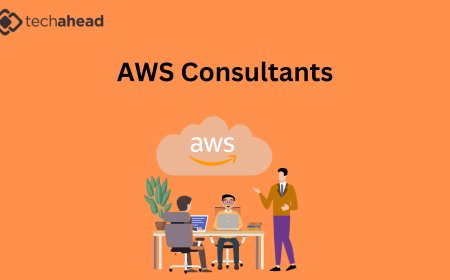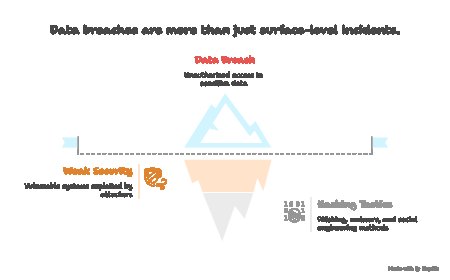What to Expect When Installing Business Fiber Internet.
Discover what to expect when installing business fiber internet. Learn about the process, benefits, and tips for a smooth transition to high-speed connectivity.

In today's hyper-connected world, fast and reliable internet is no longer a luxuryit's a necessity. Whether you run a tech startup, a retail store, or a law firm,business fiber internet provides the speed, scalability, and security that modern enterprises demand. But what should you expect when making the switch? This guide walks you through the process, from preparation to post-installation benefitsplus how it ties into your broader IT and compliance strategy.
Why Choose Business Fiber Internet?
Business fiber internet offers numerous advantages over traditional copper or cable internet:
-
Lightning-fast speeds: Symmetrical upload and download speeds.
-
Scalability: Easily supports growing bandwidth needs.
-
Reliability: Less prone to interference or downtime.
-
Security: Improved protection compared to legacy networks.
Step-by-Step Installation Process
1. Site Assessment and Feasibility Study
Before installation, a provider will assess your buildings infrastructure. Theyll determine how close your premises are to existing fiber lines and whether any permits or construction work are needed.
Tip: Ask your provider if they also offer PCI Compliance Consulting or ISO 27001 Compliance Consultingthese services ensure your network setup aligns with industry standards.
2. Network Design and Customization
The provider will customize the network to suit your business needs. This includes selecting equipment like routers, switches, and firewalls, and designing layouts that support critical services like:
-
Secure payment processing (PCI compliance)
-
Secure communications (VoIP, cloud apps)
-
Backup and recovery systems
This is also the perfect time to consult on network security solutions and cybersecurity compliance solutions to prevent vulnerabilities in your new setup.
3. Permits and Approvals
If trenching or underground fiber installation is required, the provider must secure municipal permits. While this may add time to the project, it ensures your infrastructure meets safety and legal standards.
During this phase, consider partnering with firms that also specialize in GDPR Compliance Consulting, especially if you deal with international data.
4. Fiber Installation
Once approvals are in place, installation begins:
-
Fiber-optic cables are laid to your premises.
-
Network hardware is installed and configured.
-
The system is integrated with your existing IT infrastructure.
Some businesses also take this opportunity to upgrade their Commercial Perimeter Security System to align physical and cyber protection strategies.
5. Testing and Activation
The provider tests the connection for speed, stability, and performance. They'll also verify all endpoints and ensure network security protocols are correctly configured.
Make sure your firewall and intrusion detection systems are compatible and up-to-date. This is where your investment in cybersecurity compliance solutions pays off.
Post-Installation: What Comes Next?
After installation, your IT team (or a managed service provider) should:
-
Monitor network performance
-
Perform regular vulnerability assessments
-
Conduct audits to ensure ongoing PCI and ISO 27001 compliance
-
Ensure GDPR regulations are respected if handling EU data
Many fiber providers offer Service Level Agreements (SLAs) guaranteeing uptime and performancea key advantage for businesses that depend on 24/7 connectivity.




























